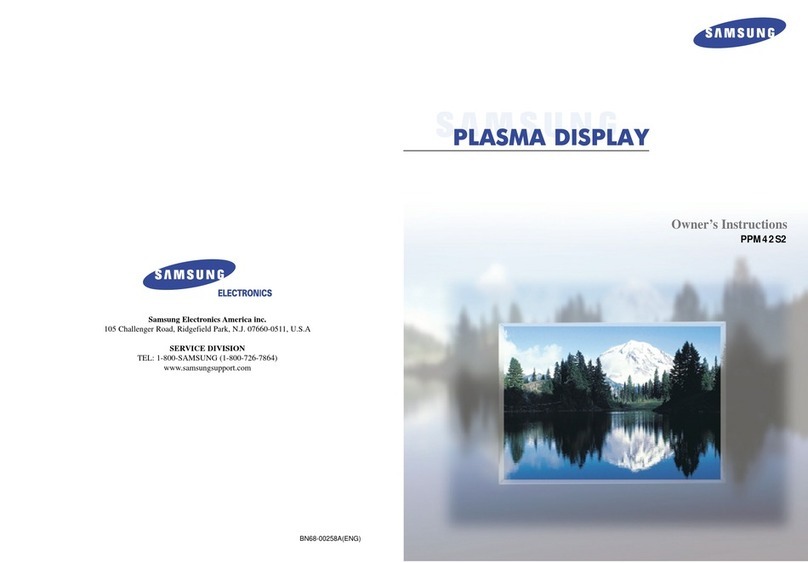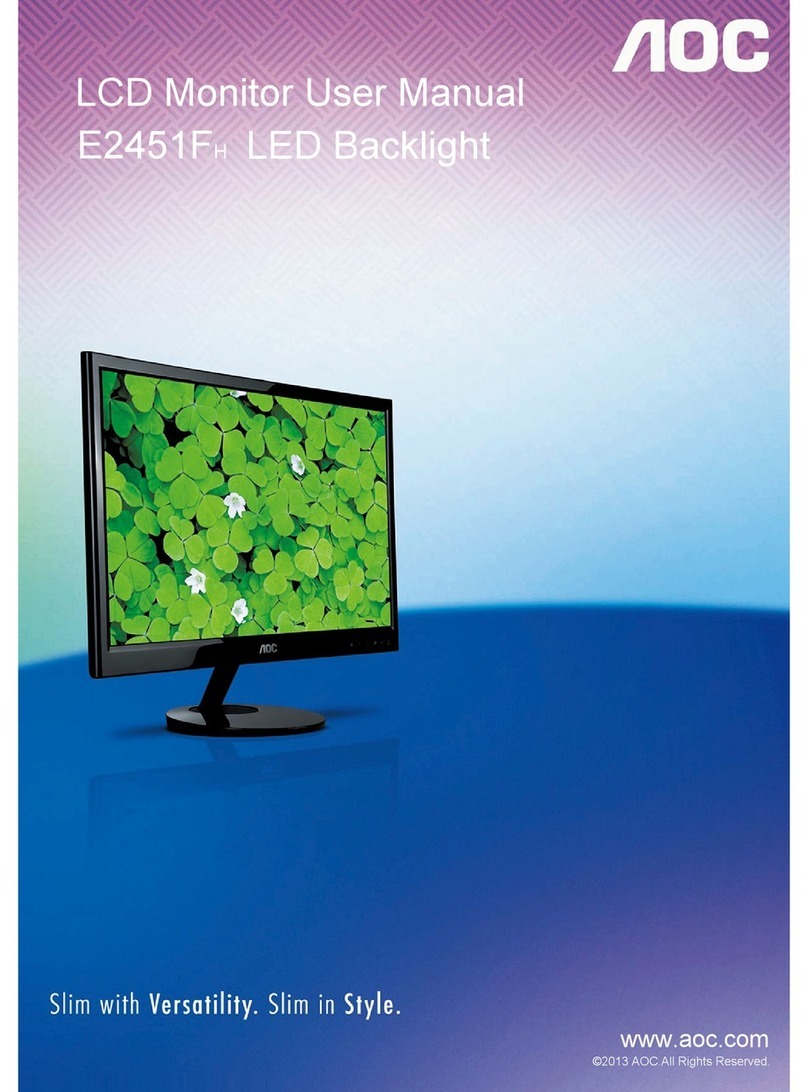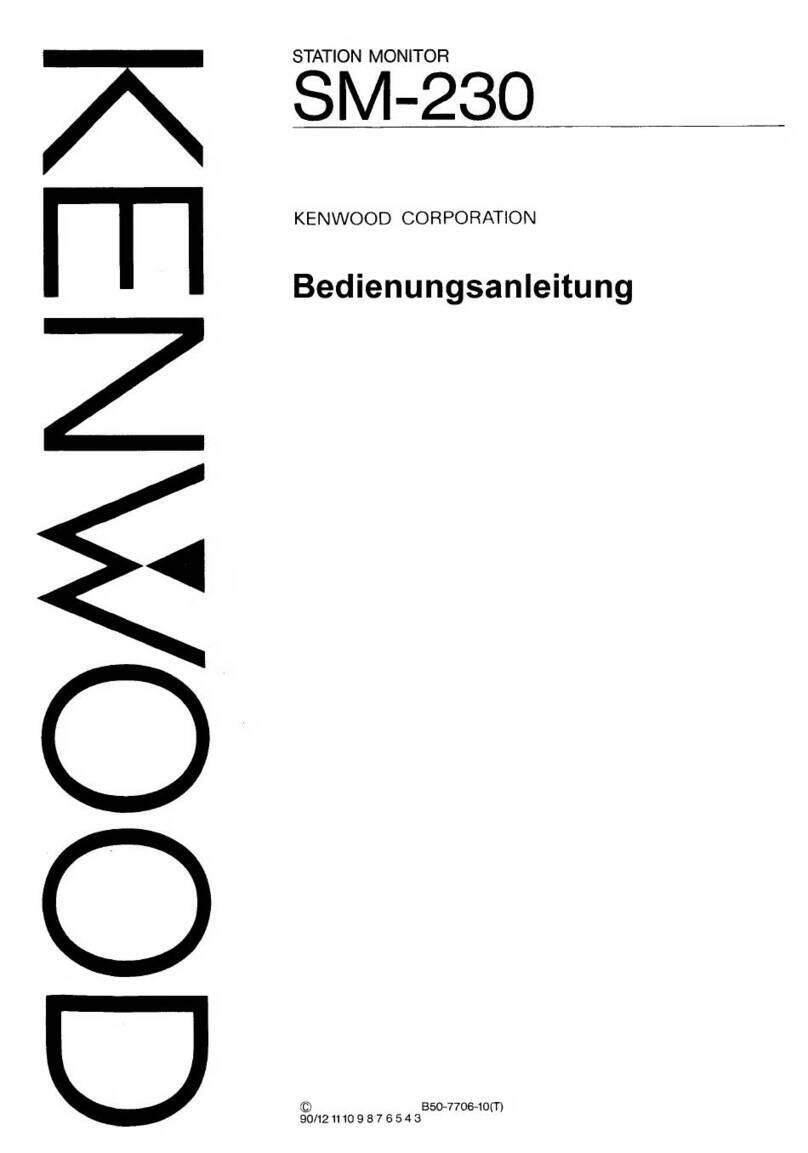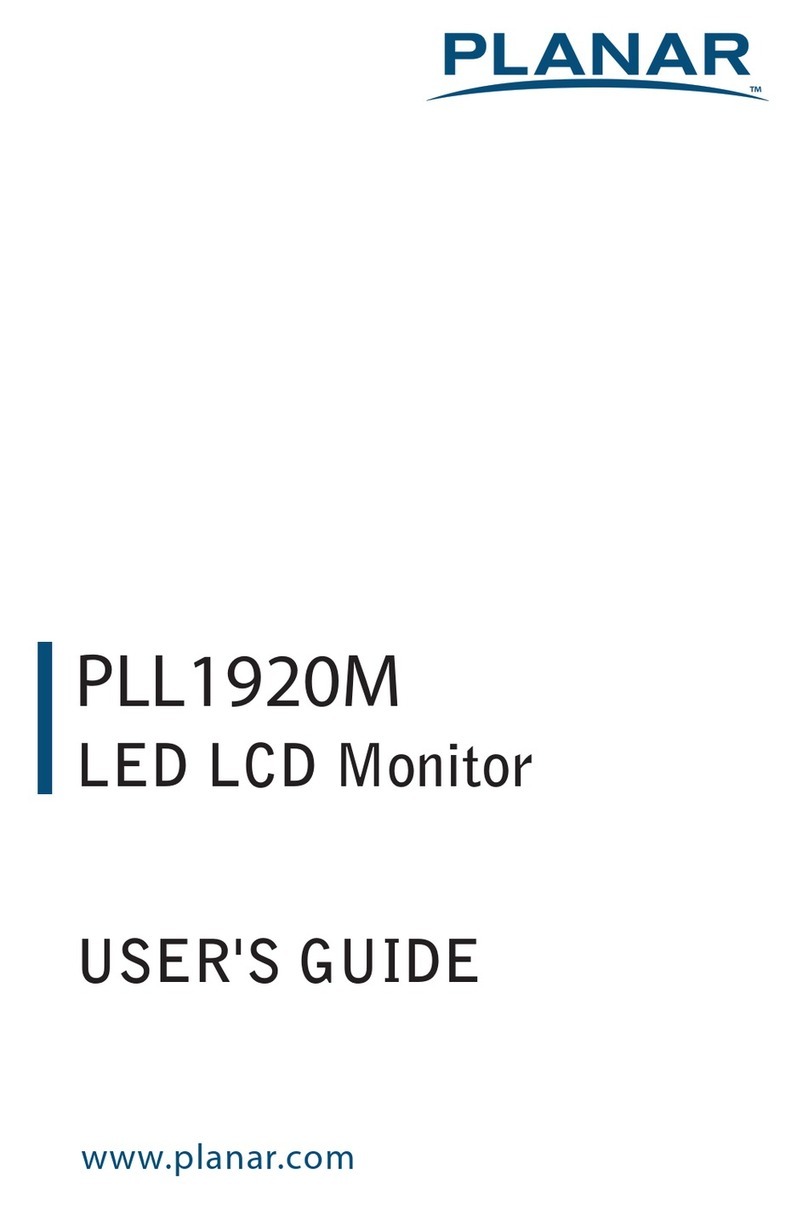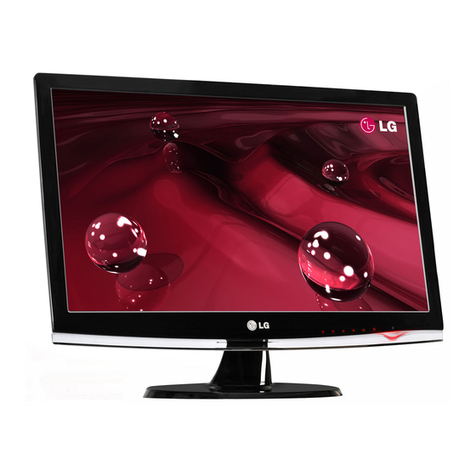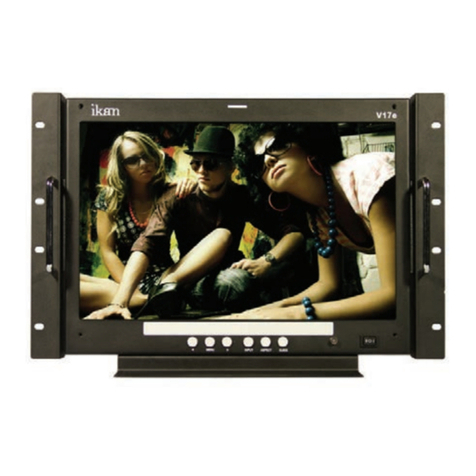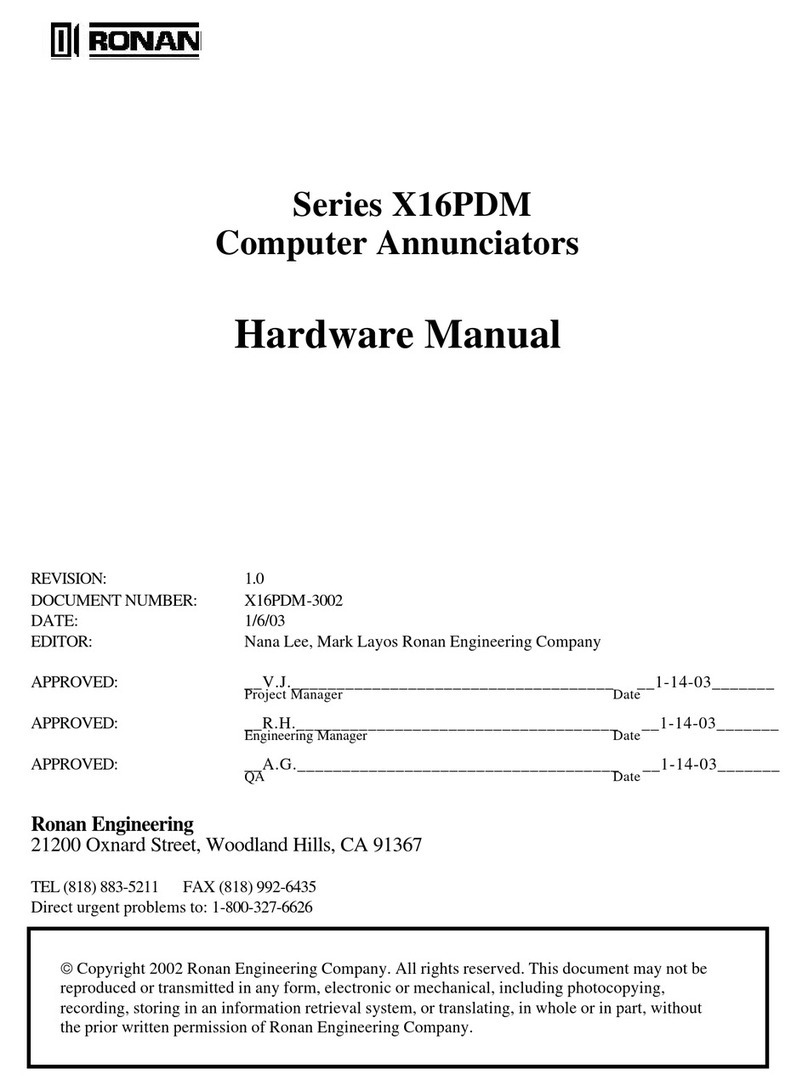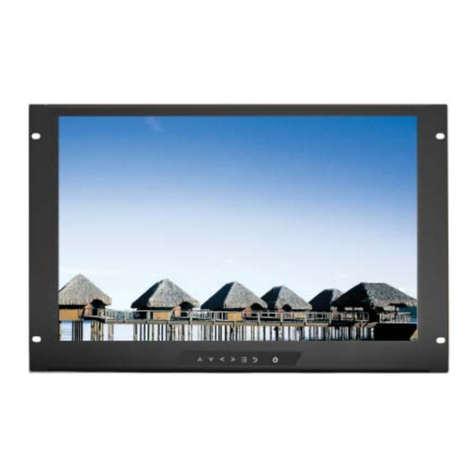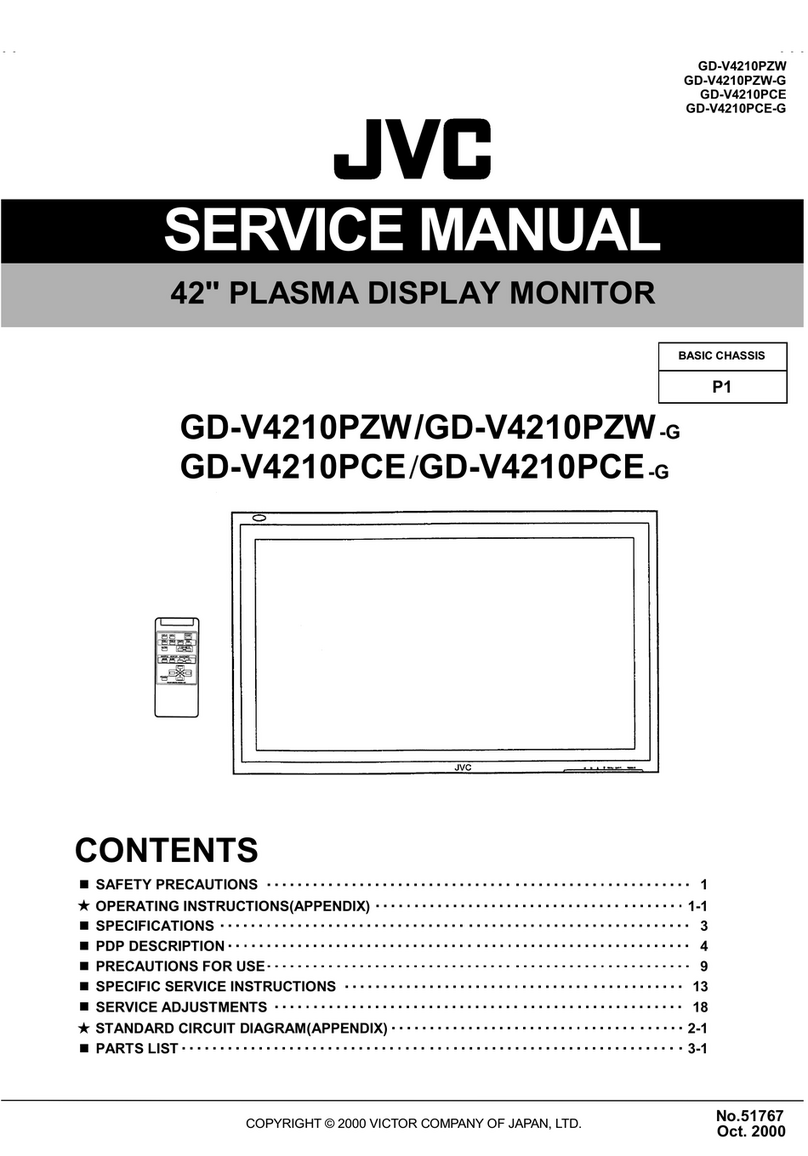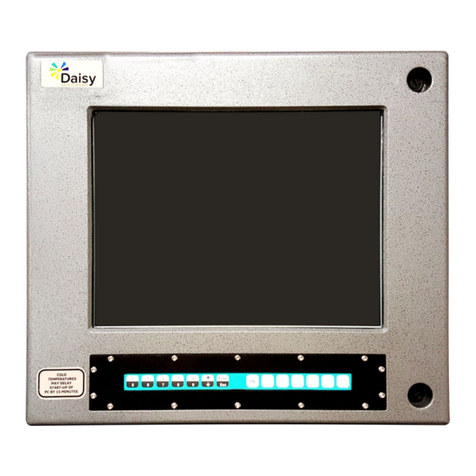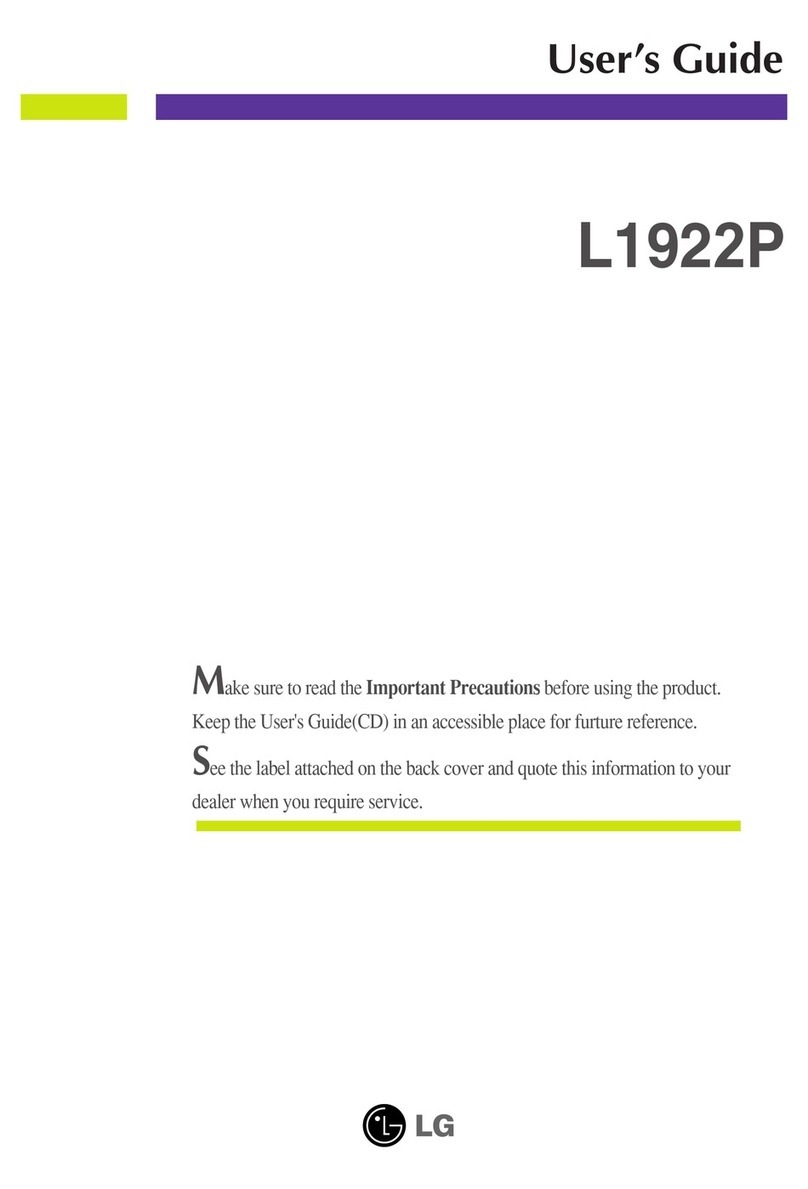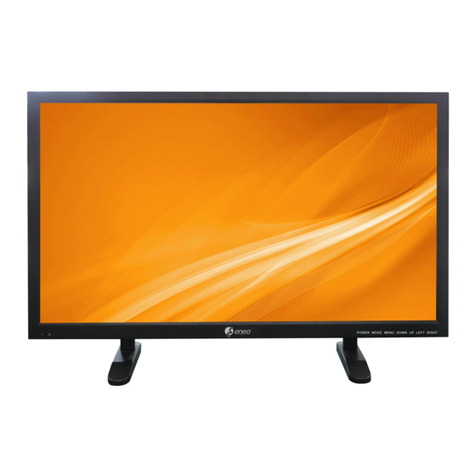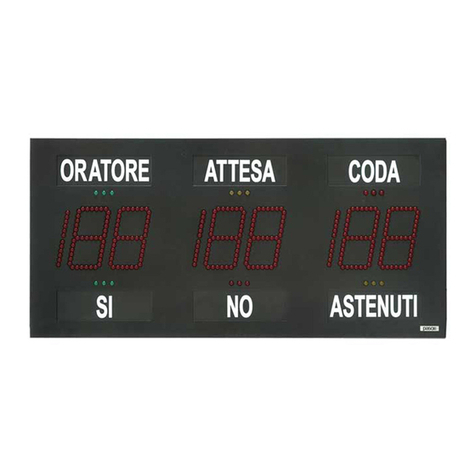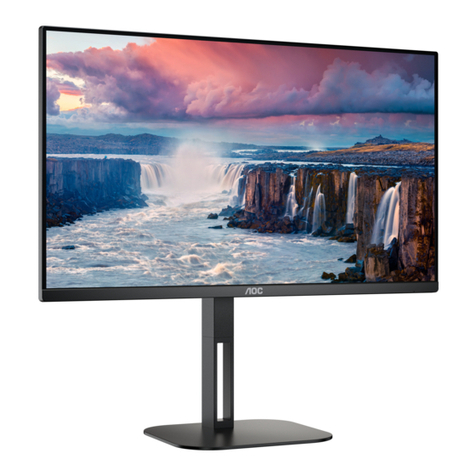Shift Labs DripAssist 1.0 User manual

Shift Labs DripAssist 1.0 Owner’s Manual
1
Welcome to the DripAssist 1.0
Owner’s Manual
DripAssist Description
The DripAssist is a monitor and alarm for gravity IV fluid
applications. The DripAssist is designed to be placed on the drip
chamber of a tubing set, and provide precision feedback on IV
drip rate.
When using the DripAssist, you still control the rate of flow using
the roller clamp on the tubing set. The DripAssist provides visual
feedback and displays values that accurately reflect the rate that
you set using the manual clamp.
The DripAssist does NOT control the rate of flow.

Shift Labs DripAssist 1.0 Owner’s Manual
2
DripAssist Operating Conditions
The DripAssist operates most effectively within minimum and maximum flow rates.
Minimum and Maximum readable flow rates for each tubing set are in the table below:
Drip Factor [gtt/mL]
Min mL/hr
Max mL/hr
Min drops/min
Max drops/min
10
12
999
2
400
15
8
999
2
400
20
6
999
2
400
60
2
402
2
400
If the maximum flow rate is exceeded, the device screen will display ‘RATE HI.’
When using the alarm feature, allow the flow rate to stabilize before activating the alarm button.
In order to ensure ongoing accuracy, the DripAssist will not work when the battery level becomes too low. When
the battery drops below a reliable voltage, BATTERY will appear on the screen and the alarm will sound. When this
happens, please replace the battery.
The DripAssist takes one AA battery. Do NOT use rechargeable batteries; doing so will void the warranty. Make
sure the battery is inserted correctly. Incorrect battery insertion can damage the device.
The DripAssist has been tested for use between -10 degrees Celsius and 60 degrees Celsius. Using the DripAssist
outside of this temperature range will void your warranty.
Do NOT immerse the DripAssist in water. If cleaning is necessary, use a cloth to wipe the DripAssist down with
rubbing alcohol.
This is a veterinary device only. It is NOT approved for use on humans.

Shift Labs DripAssist 1.0 Owner’s Manual
3
GETTING STARTED
1. Mounting the DripAssist
The DripAssist is designed to be mounted directly on the drip
chamber of the tubing set by sliding it upward. See image to the
right.
Gently grip the drip chamber in one hand, and then slide the
DripAssist upward from the tubing onto the chamber, letting the
blue rotating arm on the right side of the device rotate downwards.
The blue pads on the left and the blue arm on the right will snugly
hold the drip chamber so the DripAssist hangs securely.
2. Positioning the DripAssist
Placing the DripAssist in the correct position on the chamber is made easier by the
labels on the device. The orange dotted line indicates where you should be able to see
a free-falling drop in the drip chamber.
Nudge the DripAssist up or down on the drip chamber until the orange arrows are in
line with where you see the drops fall. If you can see the drops in free fall at the orange
arrows, then so can the DripAssist.
Avoid drop formation or splashing in the region of the orange indicator line.

Shift Labs DripAssist 1.0 Owner’s Manual
4
3. Turn on the DripAssist.
Once the DripAssist is correctly positioned (steps 1 and 2), turn the device on. The DripAssist has four buttons. The
button turns on the DripAssist.
Any time you need to power cycle the device—such as to change a tubing set—use this button to turn the device off and
then on again.
4. Using the DripAssist Tubing Size Selector Button
The button is the Tubing Size Selector Button. Press this button to select the tubing size you are using. Your clinic
may use any of the following tubing/giving sets: 10 gtt/mL, 15 gtt/mL, 20 gtt/mL, or 60 gtt/mL. Check the packaging to see
what size tubing set you’re using. Sometimes the tubing size is called the “drop factor.”
As you press the button, the screen will toggle among the four tubing sizes, highlighting
each one in turn. Stop on the correct size, and the DripAssist will select that tubing size.

Shift Labs DripAssist 1.0 Owner’s Manual
5
5. Setting the flow rate.
Use the roller clamp that is inline with the tubing to set the flow rate as you would
normally.
The roller clamp will speed up or slow down the rate at which fluid flows into the
drip chamber. You’ll notice a lag between when you move the clamp and how the
bag responds. The DripAssist will echo this response time. After adjusting the flow
rate with the clamp, allow the rate to stabilize and display on the DripAssist screen.
Now you’re ready to set the alarm (see next step).
6. Using the DripAssist alarm.
Once you have used the roller clamp to manually set your target flow rate, you may turn on the alarm if desired.
Important: wait until you have manually stabilized the flow rate before turning on the alarm.
Use the button to turn on the alarm.

Shift Labs DripAssist 1.0 Owner’s Manual
6
Once you have set the alarm to the desired rate, the screen will reflect that information. In
the top example to the left, the alarm has not been set.
In the bottom example to the left, the alarm has been set to 83 mL/hr.
The alarm will sound when the flow rate changes outside of a predetermined ‘safe zone’
by either going too fast or too slowly
The alarm will also sound when a bag is empty, if a chamber backs up with fluid, or if the
roller clamp slips and the bag moves into a runaway flow mode.
7. Choosing your display units.
The DripAssist lets you see the flow rate in three different measurements: milliliters per hour (mL/hr), drops per
minute(d/min), and total volume since the device was powered on (vol).
You can toggle among these three measurement selections while the device is running by pressing the button.
Important: Once you turn the DripAssist off, you will have reset the total volume
measurement, so if that information is important to you, be sure to note it before
resetting the device.
8. Changing the DripAssist battery.
The DripAssist uses one disposable AA battery. Insert one AA battery into the
battery chamber as seen in the photo. To open the battery door, push the top
edge of the battery compartment door firmly to the right. The door lifts up and
snaps back into place by pushing to the left. When the battery runs low, the
device screen will show a low battery message on the screen—BATTERY—and
the alarm will sound. When the battery is too low to take accurate readings, the
device will stop taking readings.

Shift Labs DripAssist 1.0 Owner’s Manual
7
9. Understanding the DripAssist screen information.
Drop Factor:
Every clinic and hospital purchases tubing/giving sets that are
marked with a “drop factor” which refers to how much fluid is in each
drop. The size of the needle in the set determines the size of the
drop. There are four tubing set sizes: 10, 15, 20, and 60. Your
country or clinic may use only one or two of those, but the DripAssist
is designed to work globally, so it can accommodate any of those
sizes.
Units:
You can show the Flow Rate in either mL/h (milliliters per hour) or
d/m (drops per minute) based on how prescriptions in your clinic are
written. The DripAssist will also show you the total volume that has
been delivered from when the device was turned on until now. Keep
in mind, however, that the volume shown is only a measure of the
volume delivered since the last time the device was turned on.
Drip Indicator:
Although drops from a bag appear to fall at a constant rate, there is
variation in the flow that is undetectable by the human eye but readable by computer. The DripAssist includes a Drip Indicator on the
screen that flashes every time the device senses a drop. If you think the Flow Rate number is varying inaccurately, check the Drip Indicator
to ensure the device is measuring each drop that falls. As long as the Drip Indicator is flashing with each drop, you can be confident the
computer in the device is measuring the flow rate accurately, even if the numbers on the screen change. If the Drip Indicator is not flashing
but you can see drops, check to ensure the DripAssist is correctly positioned. Check the Troubleshooting section in this manual.
Alarm:
The DripAssist calculates flow rates, and monitors change in those rates. The alarm is optional.
Flow Rate:
You must set the flow rate manually when you use the DripAssist. The DripAssist does not control the rate of flow. If you can see drops in
the chamber, so can the DripAssist. If you have a high flow rate so that it is a steady stream of fluid, the DripAssist will not be able to
measure the rate. The Flow Rate screen will show a Rate Hi when the flow rate exceeds 999 mL/hr.

Shift Labs DripAssist 1.0 Owner’s Manual
8
Troubleshooting
The most common difficulty using the DripAssist is correct placement on the drip chamber. If you find you are not getting a
reading, or the numbers change significantly, check the position of the device on the drip chamber. Individual drops
should freely fall past the orange indicator line.
When you see on the screen, it means the device has not detected any flow. This can happen for several
reasons:
1. The flow rate is so fast that there is a steady stream of liquid. The DripAssist cannot provide a reading from a
steady flow. There must be individual drops for it to read correctly. If you can see drops, then so can the device. If
you cannot see separate drops, then neither can the device.
2. The flow rate has not yet started, the flow rate has stopped, or the bag is empty.
3. The device is positioned incorrectly. Check to make sure the individual drops are passing across the orange
indicator line on the front label.
Tip: Some tubing sets have a needle that protrudes down from the top. Make sure the needle does not cross the
orange indicator line.
4. The device is too far forward on the drip chamber. Make sure the chamber fits snugly against the blue plastic parts.
Thank you for using the DripAssist. We love to hear from our customers. Please
tell us what you think.
Shift Labs, Inc.
1752 NW Market St. #211
Seattle, WA 98107 USA

Shift Labs DripAssist 1.0 Owner’s Manual
9
Table of contents
